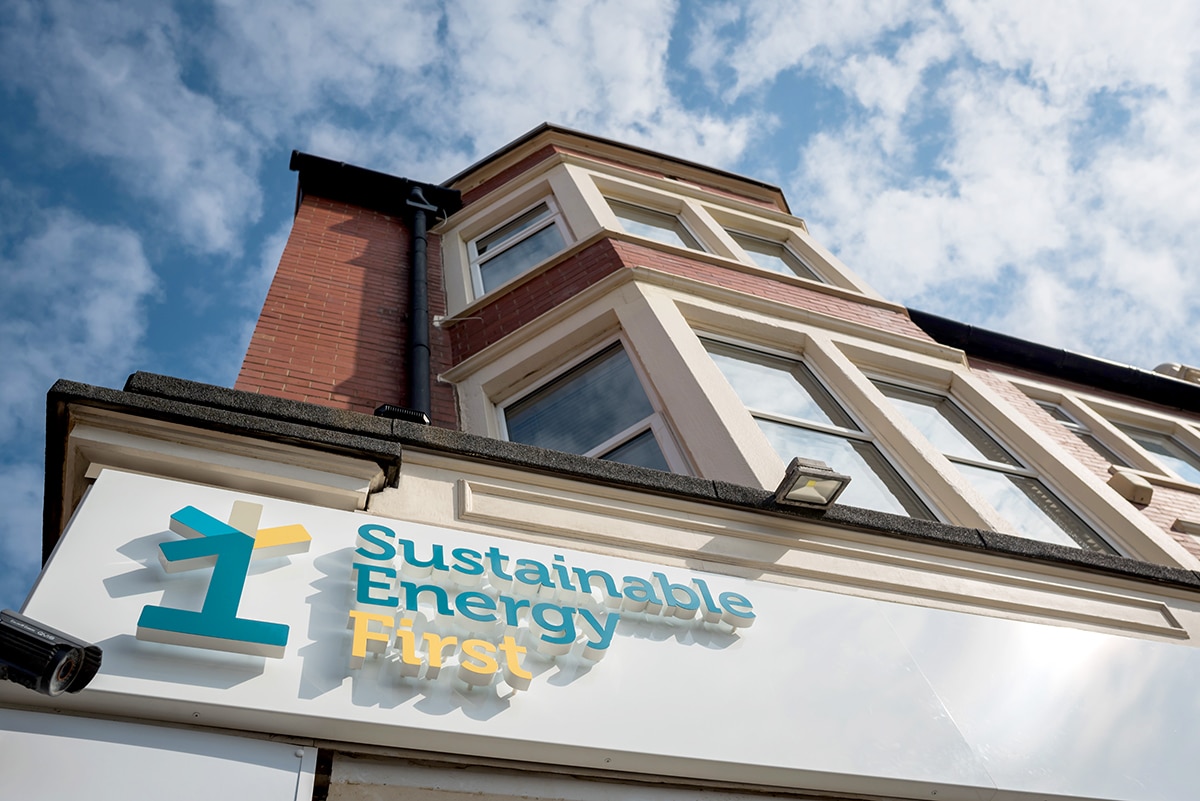Triads are the method used to set the price for the amount energy consumers pay for National Grid’s TNUoS (Transmission Network Use of System) charges. This charge is based on the average consumption for three half-hourly periods over the winter (hence the term ‘Triad’) when the transmission network is operating at its highest loads.
The challenge is to try and predict when the Triads will occur and then to take action to reduce demand during those periods. The Triads can only occur between November and February and must be separated by at least 10 days. However, a statistical analysis of previous Triad periods shows that they normally happen between 5pm and 6pm and, most commonly on Mondays and Thursdays in December and January.
There are a variety of factors which cause peaks in National Grid demand, such as air temperature, wind speeds, darkness and working patterns for consumers.
How to manage Triads
Most energy managers will be aware of Triads, how they are calculated and how to manage their energy over the winter period. However, Triads can be unpredictable. Setting up to receive alerts for predicted Triad periods is a good first step to ensure that when a Triad is predicted, all non-essential energy is turned down or turned off completely. For example, a manufacturing company could suspend production, re-arrange the production times, or start a stand-by generator if other options aren’t available to them.
If you have a half-hourly or even an energy-only contract, you need to be vigilant when it comes to the Triads this winter season. Inenco can help you stay under control this winter – speak to our experts today.
What else to look out for
Large businesses can be hit by other peak charges which coincide with Triads such as red band DUoS (Distribution Use of System) and Capacity Market charges. These charges are paid by the end user and appear on energy-only contracts listed as itemised charges.
The reason for this is that the distribution network costs and the costs of reserving capacity from power stations are both dependant on peak network demands. The highest demands invariably happen around 4pm to 7pm on weekdays when businesses are still operating, but people are also returning home and switching on appliances such as ovens. The philosophy has therefore been to place the majority of costs onto consumers who use electricity at these times.
To help reduce these costs, load management is key – reducing your load at peak times can help with overall costs. Optimising your available capacity level is another common way of cost reduction, alongside checking your DUoS charges against published rates in order to identify overpayment.
Inenco can help you to manage peak charges and identify potential Triad periods by issuing Triad alerts for our clients. These alerts aim to maximise the probability of predicting each Triad, whilst reducing the number of false alerts.





